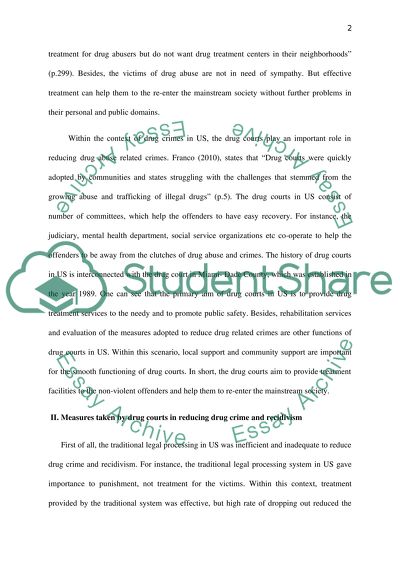Cite this document
(“Are Drug Courts in United States Successful in Reducing Drug Crime and Term Paper”, n.d.)
Retrieved from https://studentshare.org/law/1427000-are-drug-courts-in-united-states-successful-in
Retrieved from https://studentshare.org/law/1427000-are-drug-courts-in-united-states-successful-in
(Are Drug Courts in United States Successful in Reducing Drug Crime and Term Paper)
https://studentshare.org/law/1427000-are-drug-courts-in-united-states-successful-in.
https://studentshare.org/law/1427000-are-drug-courts-in-united-states-successful-in.
“Are Drug Courts in United States Successful in Reducing Drug Crime and Term Paper”, n.d. https://studentshare.org/law/1427000-are-drug-courts-in-united-states-successful-in.


